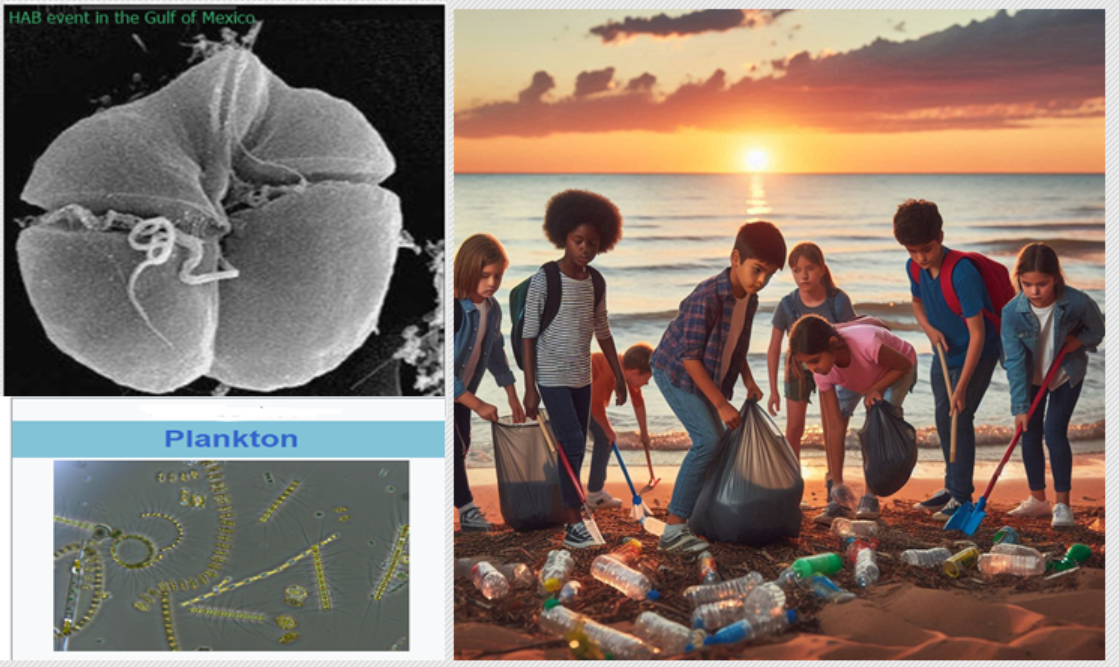Sea turtles and other marine animals are exposed to toxins produced by harmful algal blooms (HABs) primarily through ingestion. These blooms are often exacerbated by high levels of pollution, such as agricultural runoff and untreated wastewater, which introduce excessive nutrients (like nitrogen and phosphorus) into marine ecosystems. The toxins produced by HABs accumulate in the food chain, particularly in filter-feeding organisms like shellfish. When sea turtles consume contaminated algae or shellfish, they are at risk of neurotoxic shellfish poisoning (NSP), which can severely impact their nervous system and overall health. Pollution is a key driver behind the proliferation of HABs, making it a significant environmental concern.
Sea turtles and other marine animals are exposed to toxins produced by harmful algal blooms (HABs) primarily through ingestion. These blooms are often exacerbated by high levels of pollution, such as agricultural runoff and untreated wastewater, which introduce excessive nutrients (like nitrogen and phosphorus) into marine ecosystems. The toxins produced by HABs accumulate in the food chain, particularly in filter-feeding organisms like shellfish. When sea turtles consume contaminated algae or shellfish, they are at risk of neurotoxic shellfish poisoning (NSP), which can severely impact their nervous system and overall health. Pollution is a key driver behind the proliferation of HABs, making it a significant environmental concern.
0 Comentários
0 Compartilhamentos
136 Visualizações




